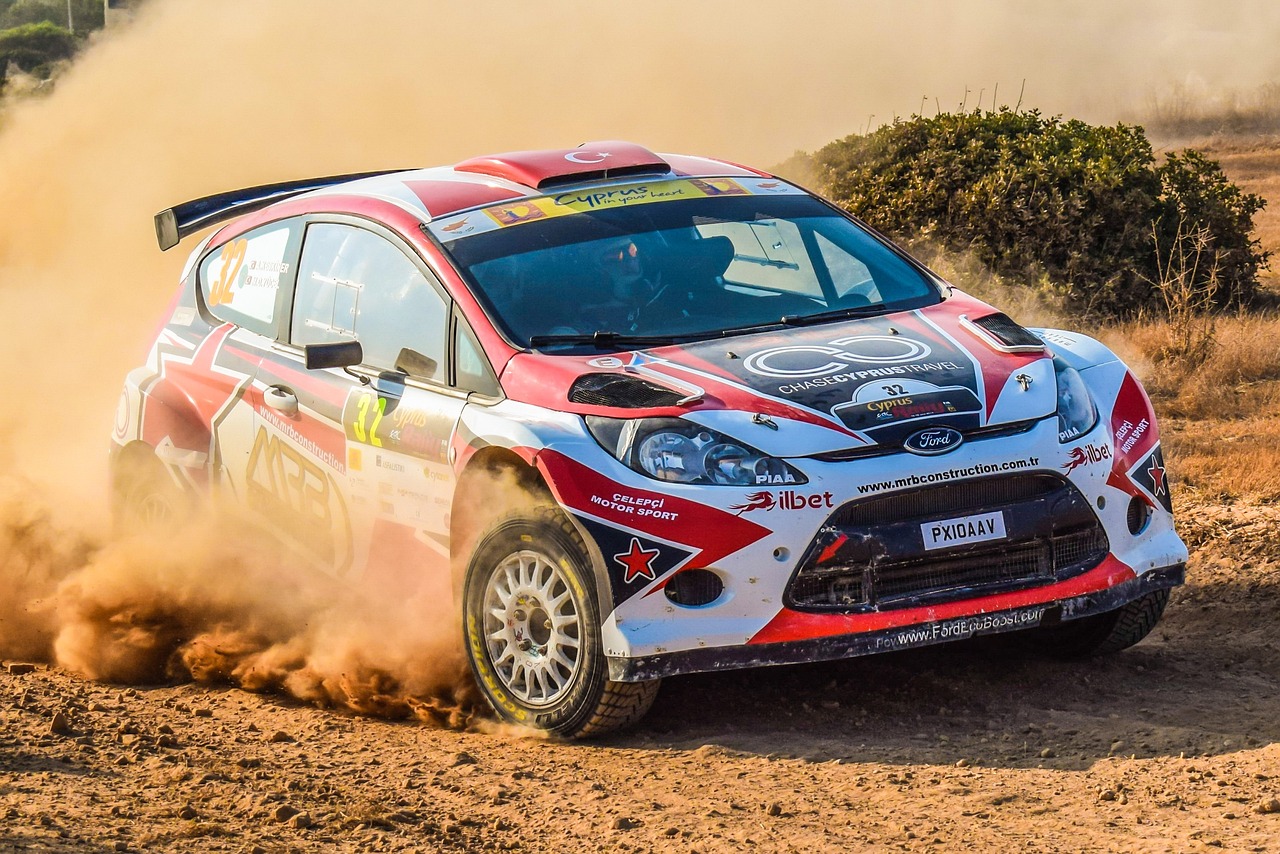The Colorful History of Rally Liveries: An Evolution of Style and Substance

The history of rally racing is a thrilling tale of fast cars, daring drivers, and the raw struggle against the elements. But amidst the roar of engines and the smell of gasoline, there’s a colorful aspect that often gets overlooked: the design and significance of rally liveries.
The Early Years: Form Follows Function
In the earliest days of rally racing, the focus was primarily on the mechanics of the car rather than its aesthetic. Cars were often painted in single, solid colors with little to no additional design. Sponsorship wasn’t a big part of early rally racing, and teams did not yet see the car’s body as a canvas for artistic expression or advertising.
Rise of Sponsorship: The Tobacco Era
The late 1960s and 1970s marked a significant change, largely driven by sponsorship deals with tobacco companies. Iconic liveries like the red and white Marlboro or the black and gold of John Player Special started to appear. These designs were more than just visually striking; they were powerful advertising tools. However, their existence would later become controversial due to rising awareness of the health risks associated with smoking.
The Iconic 1980s: Group B and Beyond
The introduction of the legendary Group B class in the 1980s coincided with increasingly creative and eye-catching liveries. The Audi Quattro with its geometric lines, the Lancia Delta S4 with the Martini Racing stripes, and the Peugeot 205 T16 with its distinctive Peugeot Talbot Sport colors became almost as famous as the cars and drivers themselves. These liveries not only thrilled fans but also made the cars instantly recognizable, making them icons of the automotive world.
The 1990s: New Brands and Expanding Horizons
As tobacco sponsorship began to decline due to health concerns and regulations, other industries stepped in to fill the void. Energy drinks, technology companies, and automotive brands themselves became prominent sponsors. The blue and yellow of Subaru’s 555 cars or the recognizable Red Bull Racing designs are examples of this era.
The Digital Age: Customization and Fan Engagement
In recent years, the rally world has embraced digital technology to engage with fans in entirely new ways. Liveries are now often decided through fan competitions, social media campaigns, or even incorporate QR codes and augmented reality elements. The digital age has also enabled designers to visualize and test new livery designs using sophisticated software before they ever hit the car, allowing for levels of creativity and complexity never before possible.
The Emotional Connection: More Than Just Paint
Liveries are more than just paint or wrap on a car; they’re part of a team’s identity and a link between the driver, the team, and the fans. Some designs have even transcended the sport, becoming symbols of national pride or cultural significance.
Conclusion
As we look back over the decades, it’s clear that rally liveries have evolved significantly. What began as simple, single-colored cars have become canvases for artistic expression, advertising, and even technological innovation. They reflect not just the sport’s history but also broader social and technological trends. As rally racing continues to evolve, one thing is sure: its liveries will continue to capture our imaginations, representing the spirit of this thrilling sport in every hue and pattern.